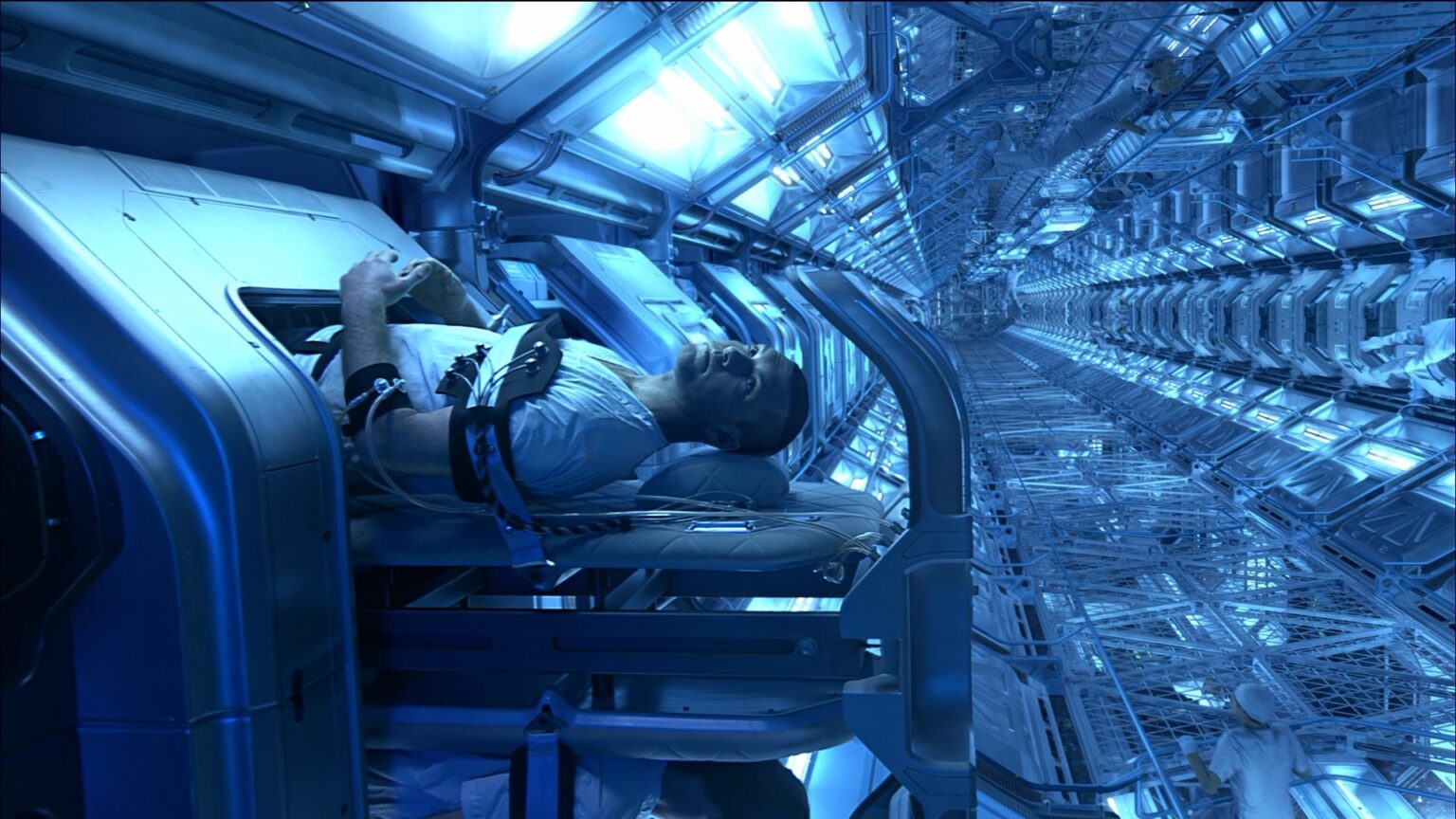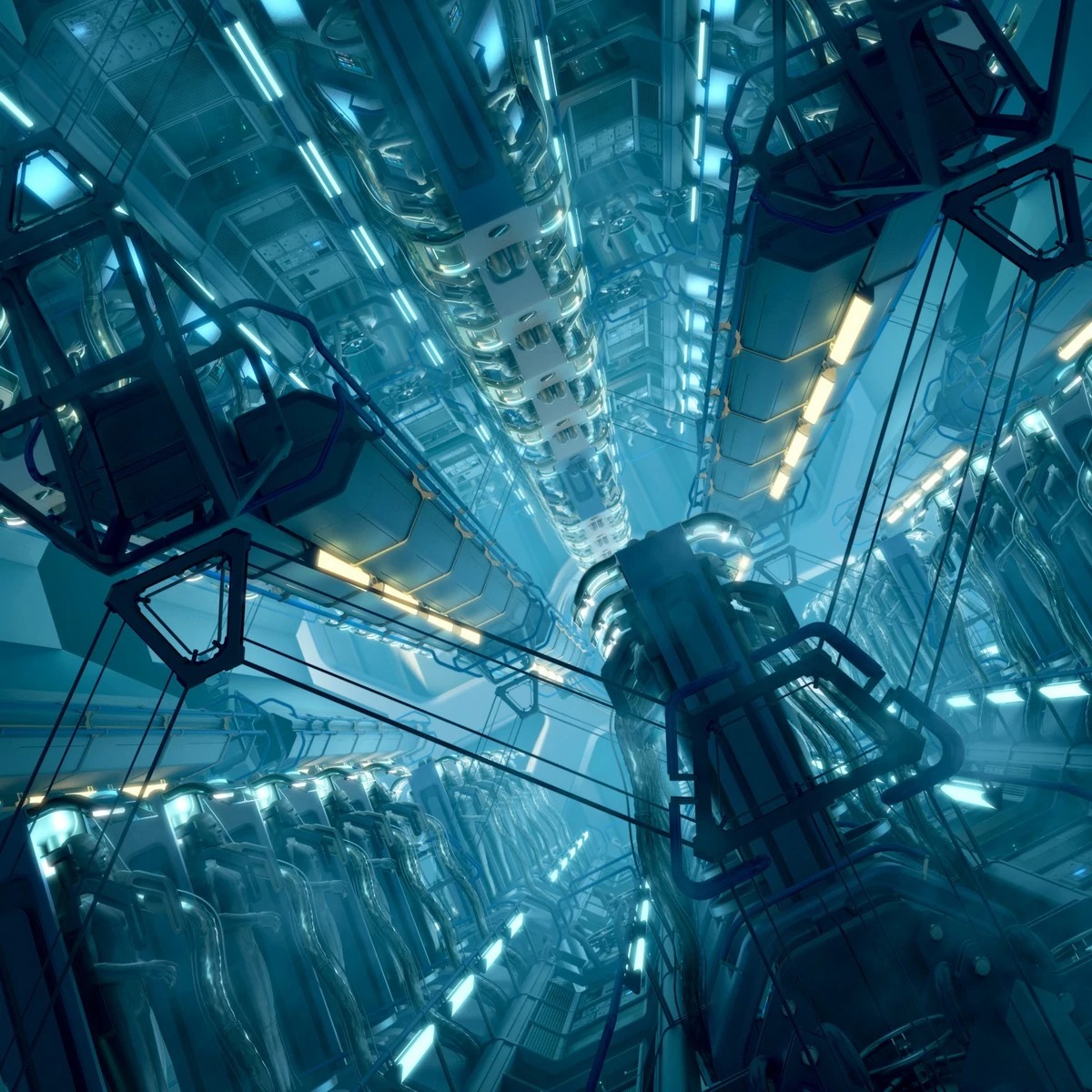One of the main problems of long-distance space flights is hibernation for astronauts. This is a process similar to deep sleep or a controlled coma, in which the metabolism decreases, and the mind is relieved of the boredom of waiting for endless hours in empty space. In space fiction, this is described as a very effective process of waiting out long interstellar travel – you fall asleep, and then upon arrival at a distant planet you wake up after 30-50 years, as if nothing had happened.

In contrast to traveling faster than the speed of light and theoretical wormholes, putting astronauts in a state of anabiosis seems quite real and even achievable. In fact, even the European Space Agency is seriously studying ways to put a person in this state. However, new research by Chilean scientists proves that hibernation for humans may be as unattainable as flights at light-speed.
Winter hibernation of bears
Roberto Nespolo and Carlos Mejias from the Millennium Institute for Integrative Biology and Francisco Bojinovic from the Pontifical Catholic University of Chile decided to find out the relationship between body weight and energy consumption in animals that hibernate. They found a minimal level of metabolism that allows cells to survive in cold conditions with low oxygen content in small mammals like ground squirrels and bats. But in large animals, the energy savings during hibernation turned out to be insignificant.
The most striking example is bears. As we all know from school, these animals hibernate in their dens in winter to survive the harsh winter season, when there is very little food to feed such a huge mammal. Although bears pass out for a few long cold months, their sleep is not exactly like a real hibernation among smaller animals like ground squirrels and bats. These animals have a sharp drop in body temperature, and metabolism, respiration and heart rate slows down. This process can in some cases reduce energy consumption by as much as 98%, eliminating the need to spend effort hunting or searching for food. However, even in this state, the animal can lose more than 25% of its weight, since during the winter it burns almost all the reserves of accumulated fat. Moreover, after hibernation, bears wake up terribly hungry and immediately start searching for a large amount of food.
Human Hibernation
If an adult fell into a similar winter “hibernation”, then his necessary daily diet of about 12 thousand kilojoules would be replaced by a need of only a couple of hundred kilojoules. Thus, a person in hibernation would lose only 6 grams of fat daily. In a year, a person would simply lose 2 kg of adipose tissue. Alas, such a scenario would be suitable only for short-range travel within the Solar System.

If an astronaut wanted to survive for decades, rushing through interstellar space to the nearest star, he/she would have to gain several hundred kilograms of fat before the flight. Or he/she would have to wake up periodically to absorb a lot of high-calorie food at one time – that’s where fast food from McDonald’s would come in handy.
Disappointing Conclusion
Scientists come to the conclusion that our total energy needs during hibernation will not differ significantly from those that are needed when we are just resting. It is also worth including all the risks and problems associated with a long stay in the cooled state of our body, a decrease in heart rate and respiration and artificial suppression of our metabolism, that in general may not give the results we hope for. Forcing people to hibernate is simply not worth it, scientists conclude. This study was published in the Proceedings of the Royal Society B.
Recall that earlier we talked about the TOP 5 most ambitious NASA space projects that failed.
Follow us on Twitter to get the most interesting space news in time
https://twitter.com/ust_magazine

